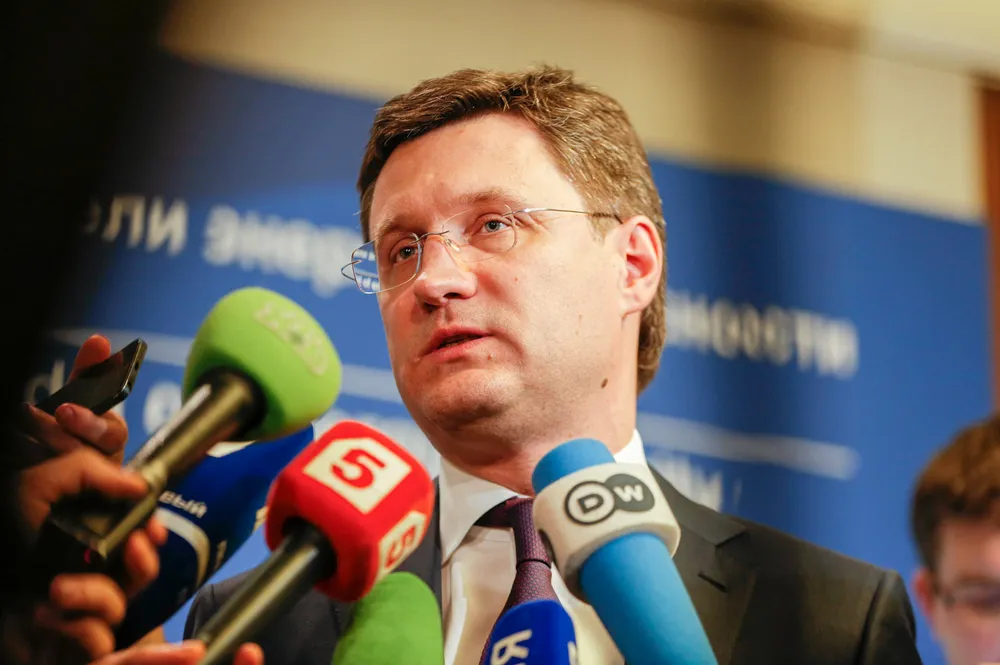Russia throws $125m at hydrogen industry development in bid to become blue H2 exporter, but who will buy it?
Moscow targets export of 200,000 tonnes of ‘low carbon’ H2 by the end of next year, but its list of viable customers is dwindling as a result of Ukraine war
